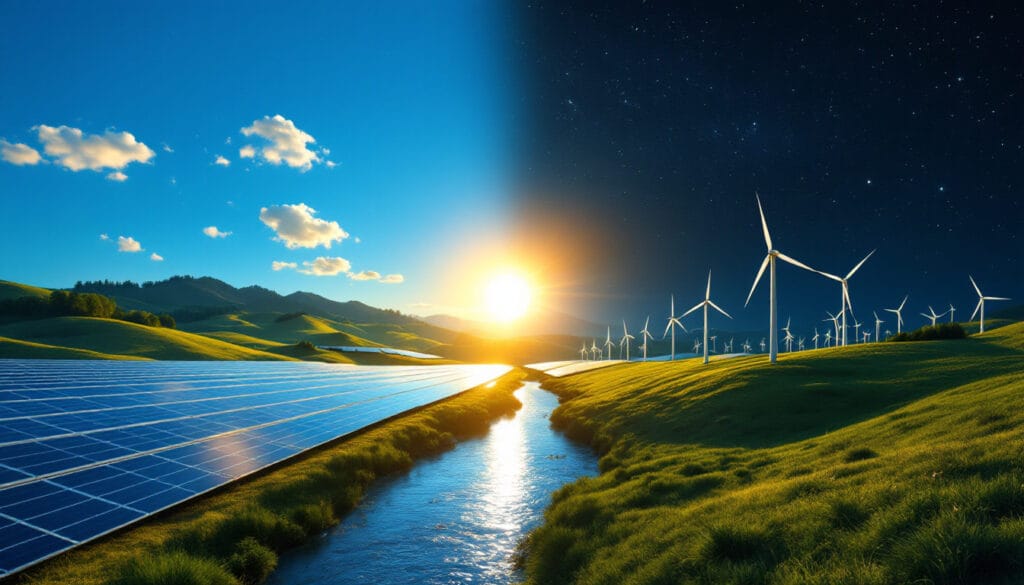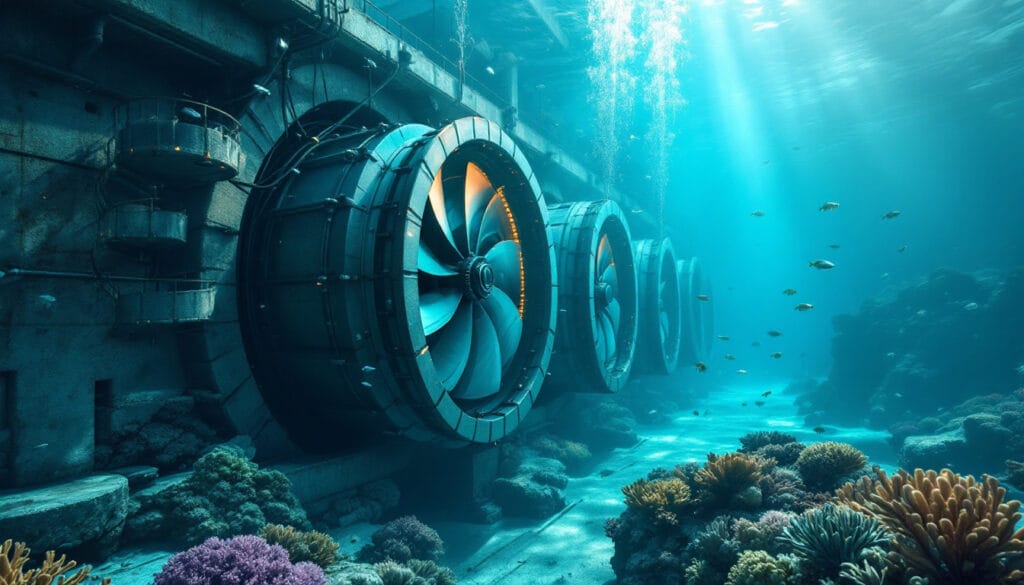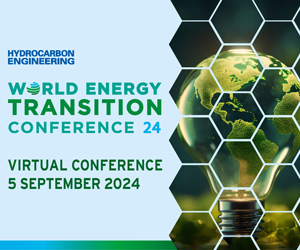Wave farms, also known as oscillating energy parks, prove to be jewels of innovation at sea. Anchored either offshore or along the coast, these installations capture the inexhaustible energy of the waves to power our electricity needs. Portugal, a pioneer in this field with its renowned Aguçadoura wave farm, brilliantly demonstrates the colossal potential of these technologies. Discover a world where the power of the ocean transforms into a renewable and promising energy resource, driving our quest for a more sustainable future.
A wave farm, also known as a wave energy farm or oscillating energy park, represents a promising solution in the renewable energy sector. It harnesses the movement of waves to produce electricity, an untapped and promising renewable energy source. These installations consist of a set of machines anchored offshore or near the coast, which convert the kinetic energy of the waves into electrical energy.
Portugal emerges as a pioneer in this field. The world’s first oscillating wave farm, the Aguçadoura wave farm, was launched north of Porto. Through this project, Portugal demonstrates its potential in innovative renewable energies. This installation, inaugurated by Enersis, is the result of the efforts of several players involved in developing sustainable energy solutions.
In the face of the planet’s growing thirst for energy, the wave farm represents a significant advancement. With the ambition to expand from an initial project of three machines to a massive deployment of 100 machines, aiming for a capacity of 500 MW, this technology could revolutionize the energy landscape. This capacity will make the project not only ecological but also economically viable.
It is crucial to understand that capturing wave energy is not merely a question of geographical positioning. In partnership with Ifremer in Brest, the start-up Seaturns has tested a floater capable of generating electricity from waves offshore Brest, illustrating the growing interest of researchers and industry in oscillating energy.
This new environmental challenge is crucial, as it could diversify the energy mix of many coastal regions. With the current climate challenges, reliable solutions like wave farms are increasingly sought after. Despite the enthusiasm surrounding these installations, other regions, such as California, are also exploring other avenues to achieve 100% renewable energy.
The exploration of new energy methods, such as wave farms, has sparked global interest. Although the idea of climate migration waves remains “very unlikely,” according to Hein de Haas, these innovations offer prospects for a sustainable future in the face of environmental challenges. However, as mentioned in many sectors, a failure of strategic planning can disrupt and delay these technological advances in the long term.

FAQ about Wave Farms
Q :
What is a wave farm?
A :
A
wave farm
, or oscillating wave farm, is a set of machines that capture wave energy to produce electricity. These machines are anchored either offshore or near the coast.
Q :
Where is the world’s first wave farm located?
A :
The first
wave farm
was established in Aguçadoura, located about 5 km off the coast of Póvoa de Varzim in northern Portugal.
Q :
What is the production capacity of the Aguçadoura wave farm?
A :
The initial project of the
Aguçadoura wave farm
starts with three devices, hoping to reach around a hundred machines for a total production of 500 MW in the long run.
Q :
What are the characteristics of a wave turbine?
A :
The
wave turbines
are designed to convert the energy of marine swells into electricity. They represent an innovative solution to harness an underutilized renewable energy source.
Q :
What is the environmental impact of wave farms?
A :
The
wave farms
have a low environmental impact as they use the natural energy of the waves to generate electricity without direct CO2 emissions.
Q :
What are the advantages of wave farms for the energy future?
A :
The
wave farms
have enormous potential to diversify renewable energy sources and reduce our dependence on fossil fuels, thus helping to meet the growing energy needs of our planet.
Articles similaires
Thank you!
We will contact you soon.













